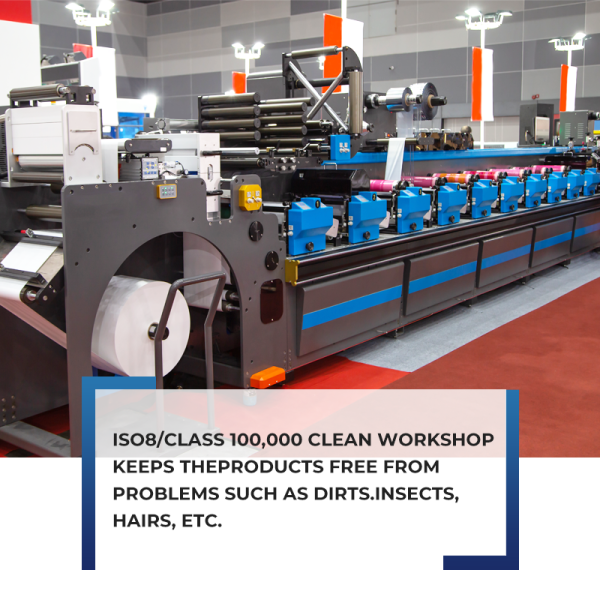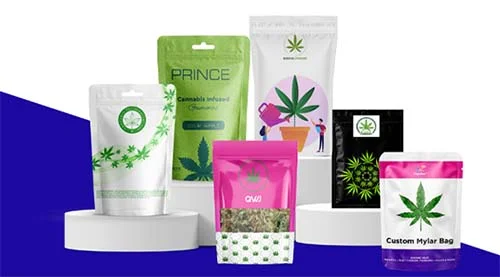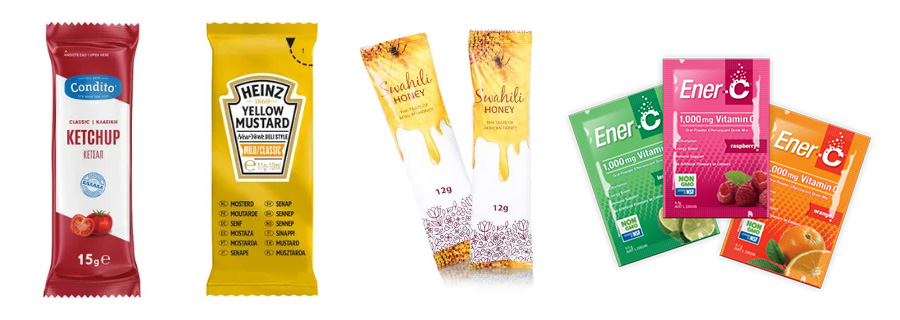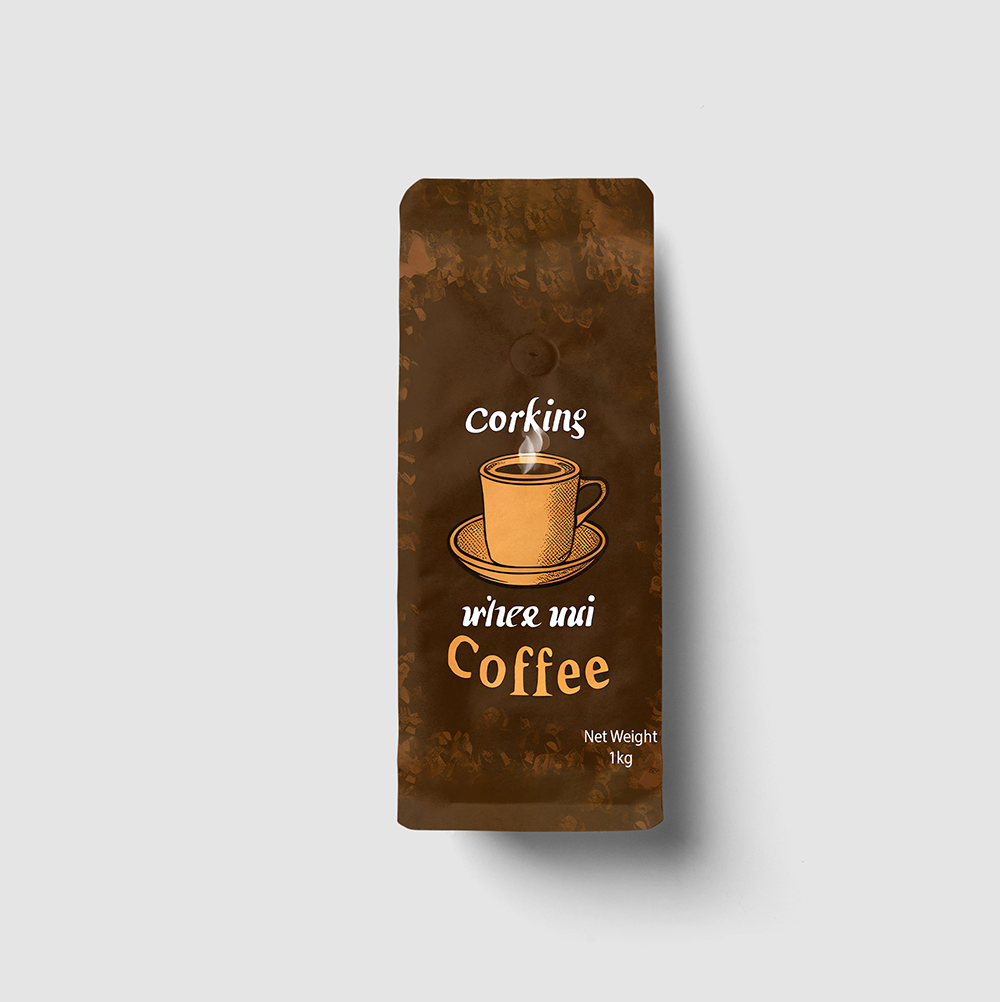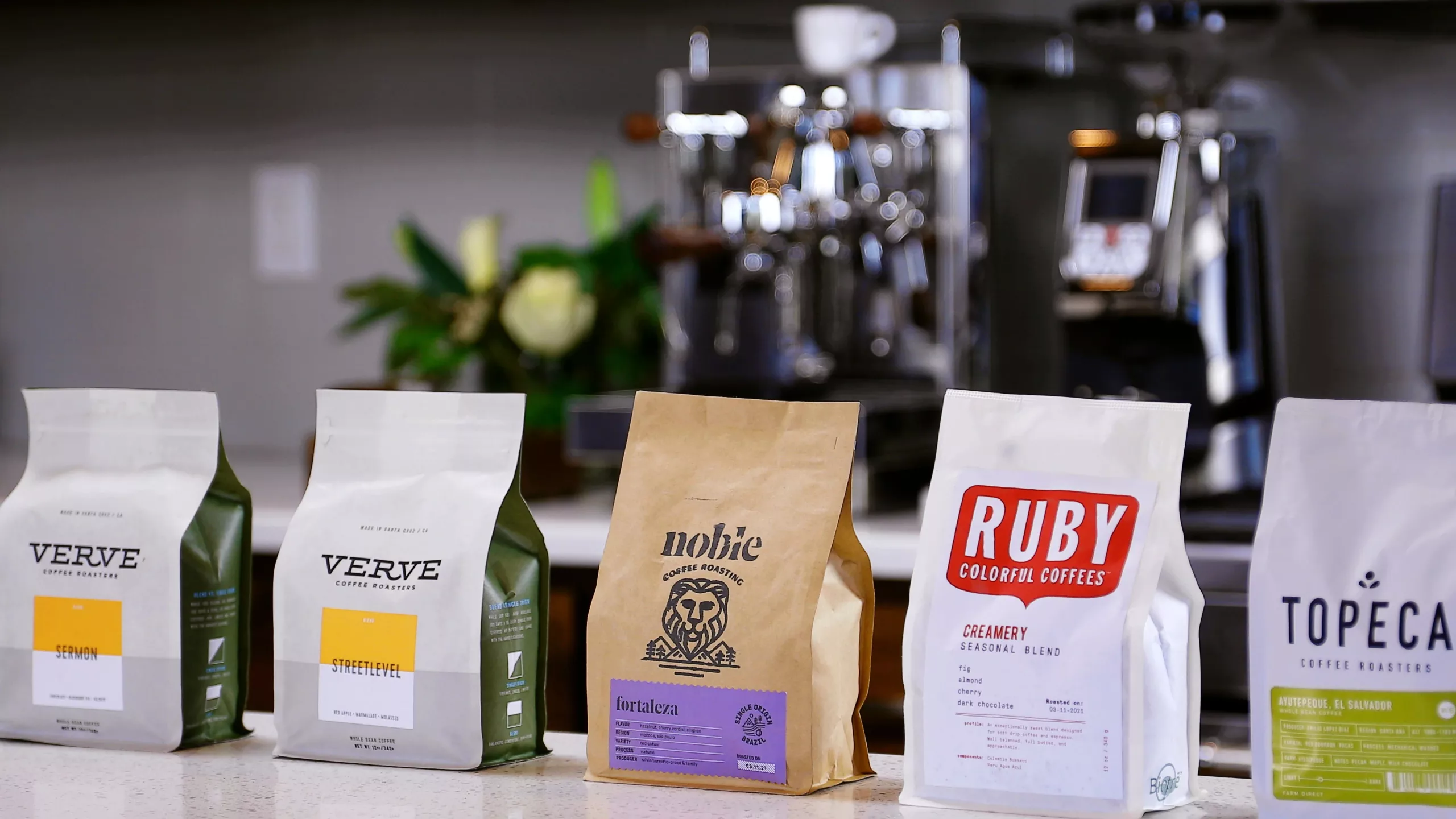Mylar bags are widely used in various applications due to their durability and protective qualities. Understanding the journey of a Mylar bag from raw material to finished product is crucial for appreciating its value.
Basic Composition of Mylar Material
Mylar bags are primarily made from a type of polyester known as polyethylene terephthalate (PET). PET is a thermoplastic polymer derived from the chemical reaction between terephthalic acid and ethylene glycol. This process creates a robust material with excellent strength and flexibility. PET’s versatility makes it ideal for various applications, including packaging.
Polymerization Process
The production of Mylar starts with the polymerization of terephthalic acid and ethylene glycol. In a controlled environment, these chemicals undergo a polycondensation reaction, producing PET polymer. This process requires specific temperatures and catalysts to ensure the formation of high-quality PET. The polymer’s properties, such as its strength and thermal resistance, are determined during this stage.
Production of Mylar Film
Once PET is polymerized, it is melted and extruded into thin sheets or films. This extrusion process involves heating the PET to a liquid state and forcing it through a die to form a continuous film. The film is then cooled and stretched to improve its mechanical properties. This stretching process, known as biaxial orientation, enhances the film’s strength, flexibility, and resistance to moisture and gases.
Film Coating and Treatment
To further enhance its properties, Mylar film is often coated with additional layers. These coatings may include metallization, which involves applying a thin layer of metal to improve barrier properties against moisture and oxygen. Other treatments can include anti-static coatings or UV-resistant layers, depending on the intended use of the Mylar bags. These additional layers contribute to the overall performance and durability of the final product.
Manufacturing Mylar Bags
The production of Mylar bags involves several steps. First, the Mylar film is cut into the desired sizes and shapes. Then, the cut film pieces are heat-sealed along the edges to form a pouch or bag. This sealing process ensures that the bags are airtight and secure. Depending on the application, additional features such as zip closures or tear notches may be added to enhance functionality.
Quality Control and Testing
Quality control is a critical aspect of Mylar bag production. Throughout the manufacturing process, various tests are conducted to ensure that the bags meet industry standards. These tests include checking the film’s thickness, tensile strength, and barrier properties. Quality assurance measures help maintain the consistency and reliability of the Mylar bags, ensuring they provide the intended protection and durability.
Customization and Printing
Mylar bags can be customized to meet specific needs. Customization options include different sizes, shapes, and printing designs. Printing techniques such as flexographic or digital printing allow for branding and labeling on the bags. Custom Mylar bags not only enhance the product’s appearance but also provide essential information to consumers.

